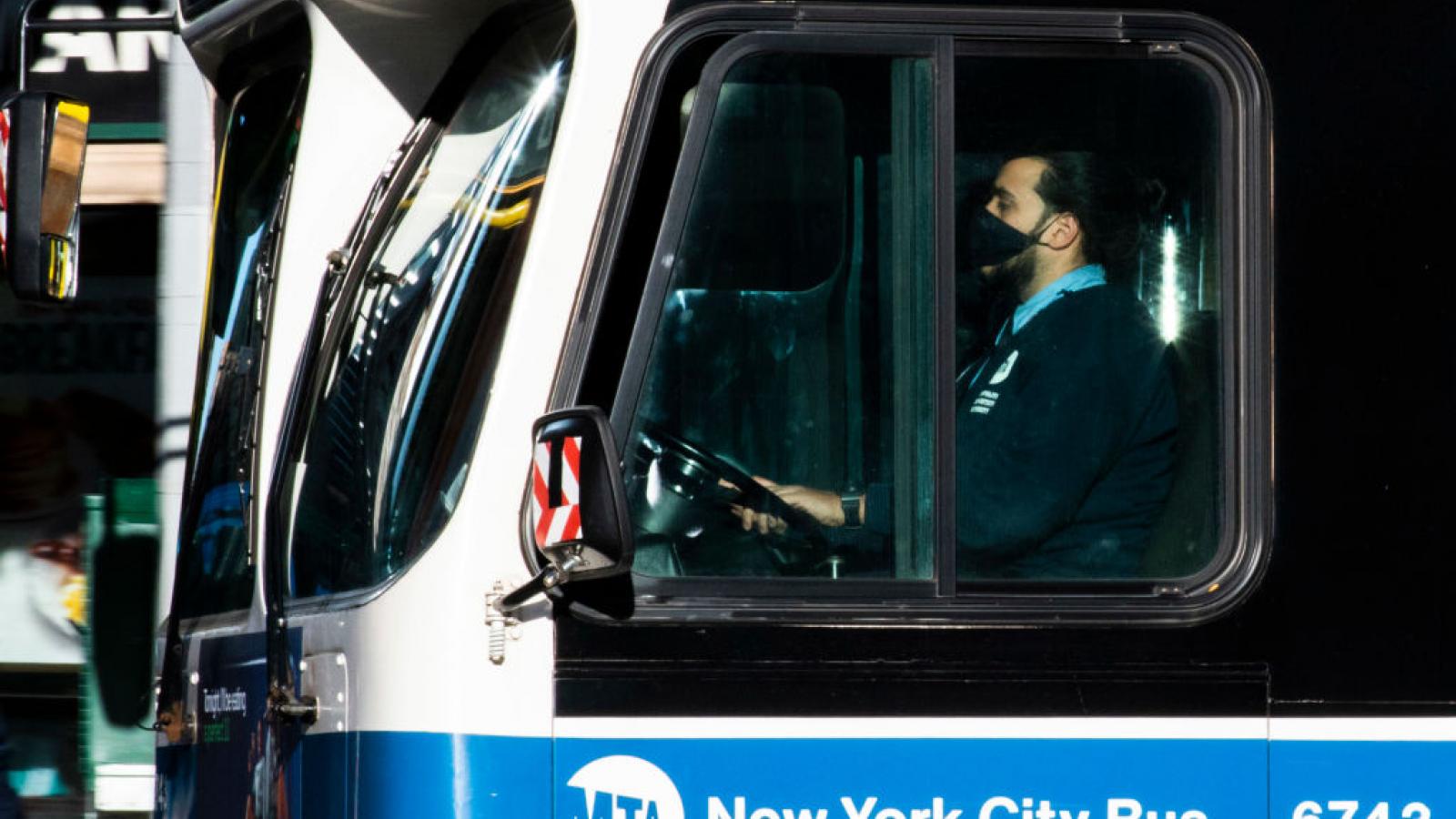Federal data shows taxpayers paying more to pick up the tab for transit riders

Taxpayers are picking up more of the higher costs of transit in the U.S. since the pandemic, according to the latest data released this week from the Federal Transit Administration.
Total operating expenses of all transit agencies have increased from $50.7 billion in 2019 to $53.7 billion in 2022, according to the FTA data. At the same time, passenger-paid fares plummeted during that time span, dropping from $15.3 billion in fare revenue in 2019 to $8.3 billion in 2022, a nearly 50% drop.
Total transit ridership was down 38% in 2022 from pre-pandemic levels. Total ridership was 9.9 billion in 2019, the year before the COVID pandemic hit and devastated the transit industry. Ridership was 6.2 billion in 2022.
To try to lure people back to transit, some agencies have not charged fares for riders.
"The pandemic has taught transit agencies that ridership doesn't matter," Randal O'Toole, the Transportation Policy Center Director at the Independence Institute, said in an email to The Center Square. "Before the pandemic, they got more than three-fourths of their revenues from tax dollars, not transit fares. Now it is closer to 90 percent. They are now engaged in a major campaign to get more subsidies so they don't go off a 'fiscal cliff,' which is their term for having to respond to lower ridership by – horrors! – reducing their expenses. They'll probably get those subsidies whether or not ridership ever recovers."
The federal government has bailed out transit agencies during the pandemic. Federal aid for transit operating expenses was $11.9 billion in 2019. That increased to $49.7 billion in 2020 and 2021 and decreased to $31.3 billion in 2022, according to the FTA.